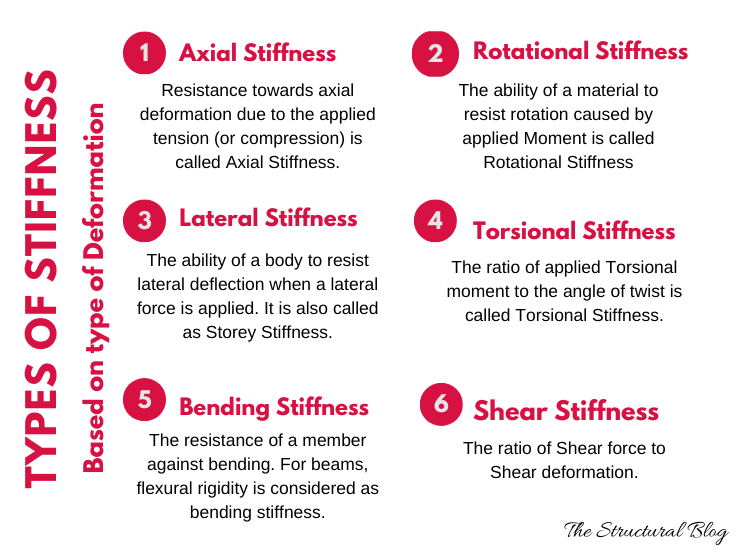Difference between Stiffness and Strength
Stiffness and Strength are basic terms in structural engineering. One might feel they are similar but they have certain differences. And these differences are key in understanding these terms. It is safe to assume that Stiffness and Strength mostly govern Structural Engineering. All of Structural Engineering can be taught, in one way or another, based …


